Iceland is your winter wonderland. The Arctic island is always beautiful and provides a world‘s worth of dazzling and dangerous natural wonders. But let me tell you, winter takes things to another level. From snowy landscapes to Northern Lights displays, winter in Iceland offers some any things which other seasons just can not provide. In fact, if you have already visited Iceland in summer, the country might warrant another visit just to experience the seasonal difference. Snow covered waterfalls around every corner, sunrises and sunsets that reflect pink and oranges across the snow and the Northern Lights dancing across the sky; Iceland in the winter time is a scene fit for a fairy-tale.
These are just a few of the main reasons why visiting Iceland in the winter is a must.
It‘s not all that cold
Iceland. The name implies bitterly cold winters. You may even assume that winters there are harsh because the country‘s latitude is close to the Arctic Circle – but it‘s not so. It may even be warmer than where you‘er at right now. Winter temperatures in Iceland are often warmer than, say, New York, London, Amsterdam and Paris. Iceland happens to sit in the Gulf Stream, meaning that the country has a much milder climate than its location and name would suggest. Wear layers and prepare for temperatures hovering around 0 degrees Celsius or just a little bit lower, and you‘ll be fine.
The Weather is unpredictable
We have a saying in Iceland: ‘If you don’t like the weather, just wait five minutes’. We say it and then we laugh. But it’s true. It is especially true in winter. Iceland’s weather is very unpredictable and can range from sunny to heavy rain or snow storm within minutes. The weather alone is an adventure. When travelling in Iceland it is important to check the weather before heading out, and always be willing to change plans if things take a turn for the worse. Icelandic weather is like a box of chocolate, you never know what you’re gonna get! Be prepared for everything.
Long sunrises (and sunsets)
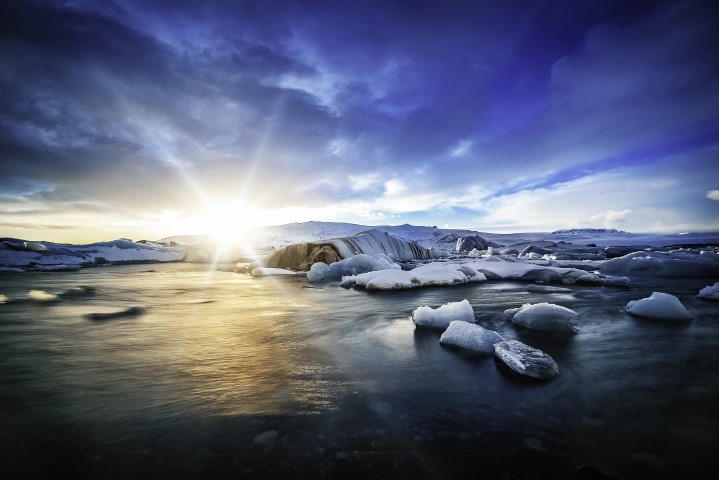
Winter days in Iceland may be a bit darker and shorter than you are used to, with only around 4-5 hours of daylight. There is one benefit to these short hours of light – beautiful lighting for photography. Since the sun never reaches a high position in the sky, the light during the precious few hours creates a warm glow covering the country. The sunrises and sunsets last for a couple of hours at a time and light is also soft and provides a golden glow. Whether you are a professional or amateur, your pictures will be stunning!
Magical landscape
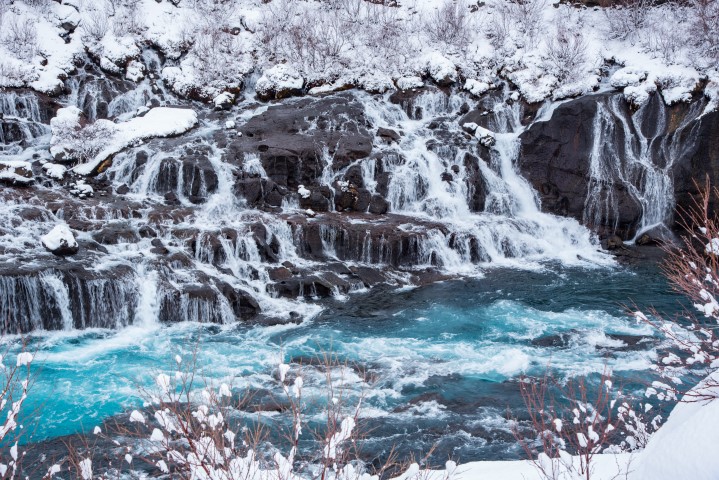
We’ve already established that Iceland is always stunning and home to extraordinary landscapes. Winter just transforms everything and makes those natural wonders even more beautiful. Fields of black lava covered by a blanket of snow, waterfalls in icy armour, blue ice caves and the rugged and raw nature. No wonder they chose Iceland as a backdrop for Game of Thrones and other blockbusters.
Blue ice caves
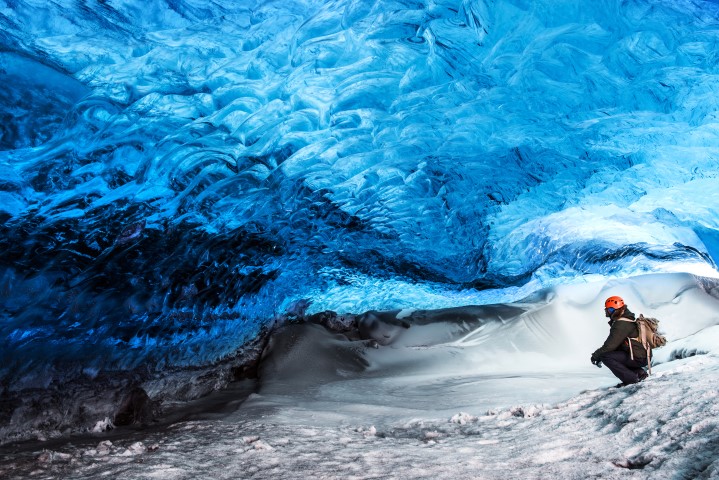
Roughly 10 percent of the country is made up of glaciers. You can visit the glaciers any time of the year, but it is only in the winter that glacial water flowing through them freezes, forming otherworldly, glowing-blue ice formations inside them. This is when the most breath-taking and unique natural wonders are formed within the glaciers – the Crystal Caves. Every summer ice caves form in the glaciers and every summer they melt and collapse. This temporary existence of the Crystal Caves makes each one absolutely unique. The caves vary in size and shape, but they are all gorgeous and reveal an amazingly bright blue colour of the ice.
Northern Lights
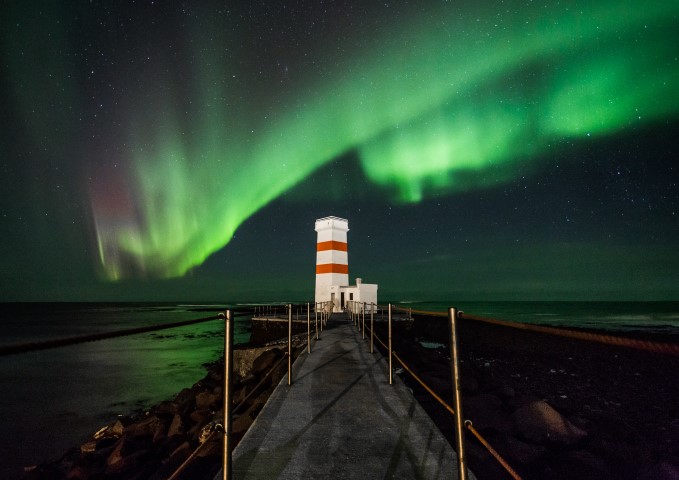
Standing outside on a cold winter day, staring into the sky and watching an incredible show of Aurora Borealis is simply magical! The beauty is difficult to describe as each display evokes feelings of tranquility, quietness, and awe. Nothing else matters during those few moments of joy, and life becomes simple and peaceful. The Northern Lights are stunningly beautiful, but they are very unpredictable. Think of them as a bonus to your epic trip, as seeing them cannot be guaranteed. When conditions are in your favour, you can see the Northern Lights from just about anywhere (even downtown Reykjavík), but heading to a remote area with no light pollution is where you will see them at their most brilliant.
Hot springs, hot pools and hot pots
What can be better than to take a dip in hot water after all day hiking in the snow? Sitting in a hot spring, pool or pot on a dark frosty night, feeling the snowflakes land gently on your nose while gazing at the starry sky, is nothing short of amazing! Iceland is home to hundreds of natural hot springs and geothermal energy is used not only for the local hot water and energy but also in public baths and swimming pools. This might be considered a benevolent by-product of all those angry volcanoes.
Less crowded
Iceland’s peak tourist season begins in June and ends in August. During those months, you may find yourself weaving through groups of eager and excited tourists – at least at the most popular spots. The low season is December, January, and February. During which time, you’ll have the best chance of sharing the sites with way fewer people. If you want to minimize the risk of running into crowds even further, then you can stay away from Reykjavík and spend the whole trip enjoying the quiet countryside.
Cute Icelandic horses are even cuter
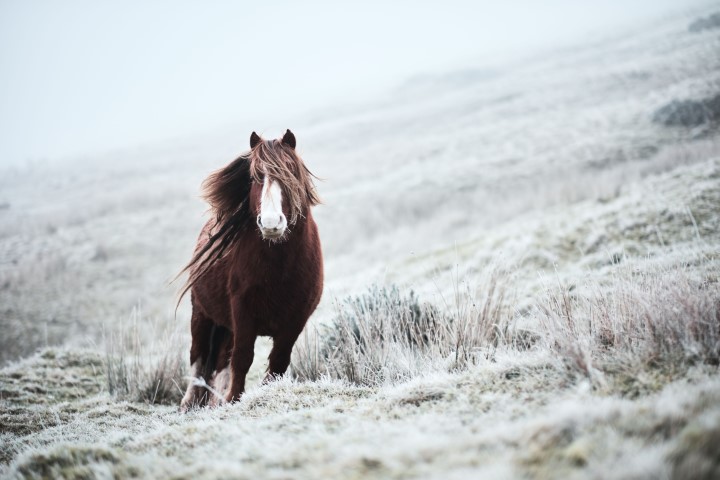
The Icelandic horse is rather small and pony thing it is a pony, but it is actually a proper horse. Icelandic horses are naturally friendly and charismatic and they appreciate a gentle back scratch and a cuddle. In the cold season, they develop a thick winter coat which protects them from the cold, snow and rain… and makes them soft and fluffy – and cuter than ever.
Fly and stay for less
Because Iceland isn’t as popular in winter as it is during the summer months, you can often find great travel deals during the darker months. Hotels offer discounted prices, tours aren’t as crowded, rental cars are cheaper, and you can usually find great deals on flights too. Let’s face it – Iceland is an expensive country to visit, but a winter trip will certainly lessen the dent in your wallet. It will never become a budget destination, but it can become more affordable.
Lopapeysa
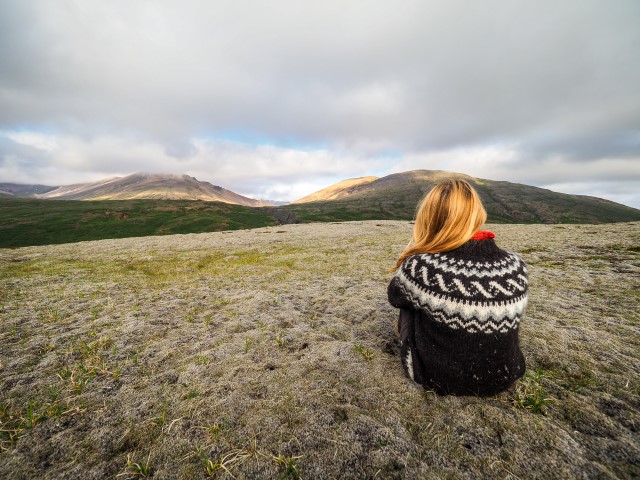
In Iceland, dressing like a local means wearing a ‘lopapeysa’. What is that I speak of, you may ask. Lopapeysa is a traditional wool sweater. Some say it is the equivalent of the ugly Christmas sweater your grandmother used to make for you. But that’s not true. Lopapeysa is much hippier, which means you will probably want to get one of those iconic babies to wear back home. The sweater is made from Icelandic sheep, they’re soft, insulating and water repellent and just the perfect sweater to wear under your jacket or alone on warmer days. The best ones are hand-knitted by a cute little grandmother, but you can also buy commercial versions in stores all around the country.
If you haven’t considered a trip to Iceland in the winter yet, perhaps it’s time you did! We have a great selection of winter self-drive tours for you to choose from. Just remember to pack wisely and be prepared for driving in challenging conditions.